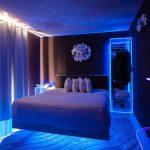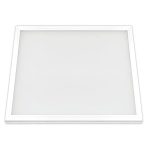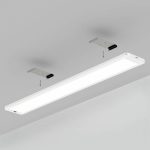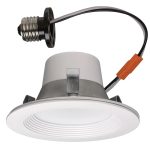LED Light Therapy: The Ultimate Guide to Understanding Its Benefits and Uses
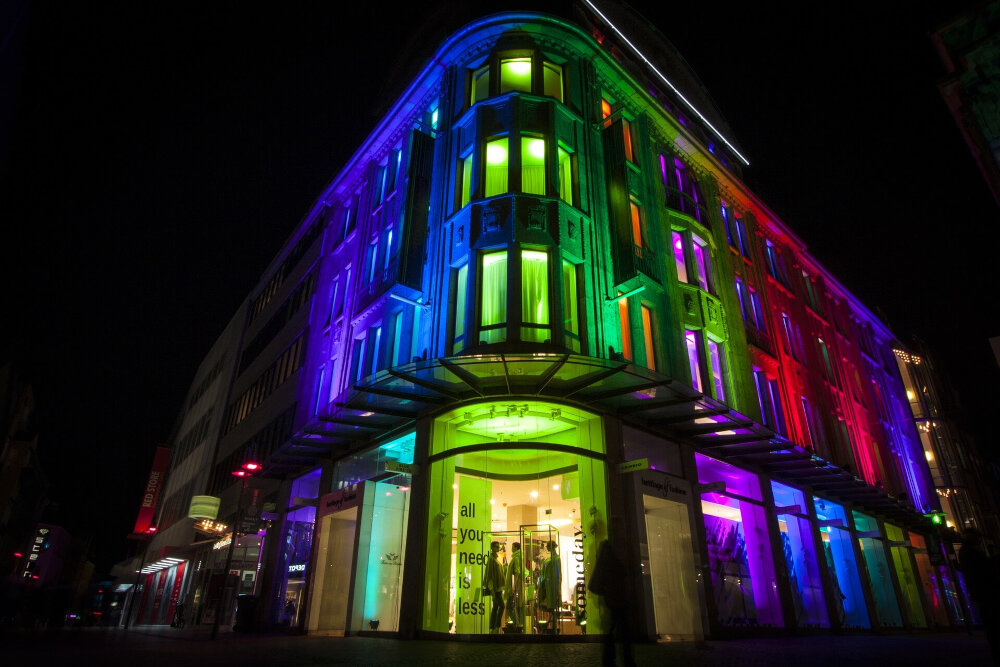
LED light therapy is a revolutionary technology that has been gaining popularity in recent years. It involves the use of light-emitting diodes (LEDs) to stimulate the skin’s natural healing processes and promote cell renewal. This therapy is non-invasive and has gained recognition for its various benefits in treating a wide range of skin conditions, including acne, wrinkles, and hyperpigmentation. In this ultimate guide, we will explore the science behind LED light therapy, its benefits, and how to incorporate it into your skincare routine. One of the most significant advantages of LED light therapy is that it is entirely safe and does not cause any harm to the skin or body. Unlike other treatments that use harsh chemicals or invasive procedures, LED light therapy is painless and non-abrasive. It works by penetrating the skin’s surface and stimulating the production of collagen and elastin, which are essential for healthy, youthful-looking skin. This therapy is suitable for all skin types, including sensitive skin, and can be used to address a range of skin concerns. Whether you are looking to reduce the appearance of fine lines and wrinkles or improve the texture and tone of your skin, LED light therapy is a safe, effective, and affordable option.
LED light therapy is a non-invasive skincare treatment that uses light-emitting diodes to stimulate collagen production, reduce inflammation, and heal damaged skin. This therapy is also known as photobiomodulation, photo rejuvenation, or low-level light therapy (LLLT). The LED lights emit different wavelengths of light, which penetrate the skin at different depths and trigger various cellular responses. Red and infrared lights are commonly used for skin rejuvenation, acne treatment, and wound healing, while blue lights are effective for killing acne-causing bacteria. LED light therapy is a safe and painless procedure that can be performed in a salon or at home using a handheld device. It has gained popularity in recent years due to its many benefits and minimal side effects.
LED light therapy has been around for several decades, with its origins dating back to NASA’s research on plant growth in space in the 1980s. During this research, they discovered that certain wavelengths of light could stimulate cell growth and regeneration. This led to further studies on the effects of light therapy on human cells, which eventually led to the development of LED light therapy for medical and cosmetic purposes. In recent years, LED light therapy has gained popularity in the beauty industry for its ability to improve skin texture, reduce wrinkles, and treat acne. It is a non-invasive and painless treatment that uses different wavelengths of light to target specific skin concerns. With continued research and advancements in technology, LED light therapy is expected to become an even more popular and effective form of treatment in the future.
How Does LED Light Therapy Work?
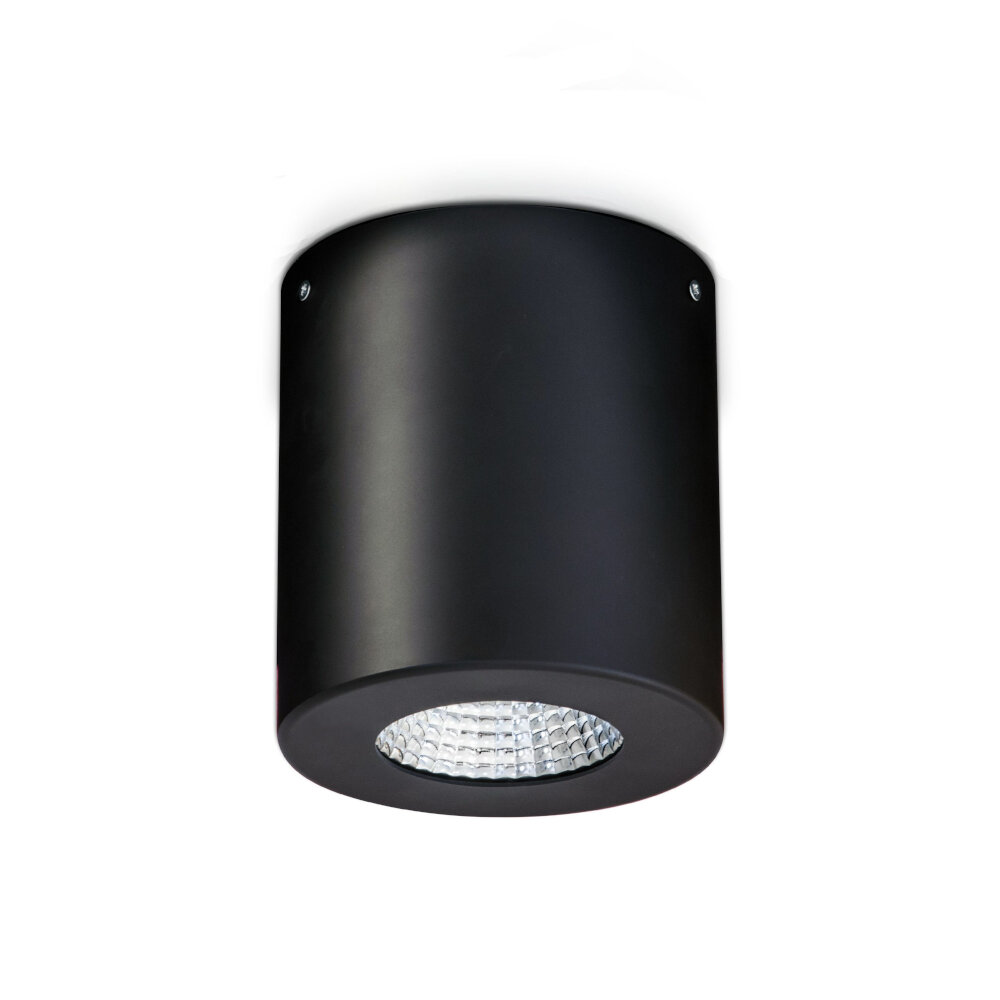
LED light therapy is a non-invasive treatment that works by exposing the skin to specific wavelengths of light. This therapy is based on the principle that different colors of light can penetrate the skin to different depths and trigger various reactions in the cells. The light energy from the LEDs is absorbed by the skin cells, which then use it to stimulate the production of collagen, elastin, and other essential proteins. The increased production of these proteins helps to repair damaged skin cells, reduce inflammation, and improve the overall health of the skin. LED light therapy is a safe and effective treatment that can be used to treat a variety of skin conditions, including acne, wrinkles, and hyperpigmentation. One of the main advantages of LED light therapy is that it is a non-invasive treatment that does not require any downtime. This means that patients can resume their normal activities immediately after the treatment without any restrictions. LED light therapy is also a painless treatment that does not cause any discomfort or side effects. The treatment is typically performed in a clinical setting by a trained professional, who will use a specialized device to deliver the light energy to the skin. The duration of the treatment and the number of sessions required will depend on the condition being treated and the individual’s skin type. Overall, LED light therapy is a safe, effective, and convenient treatment that can help to improve the health and appearance of the skin.
Light therapy, also known as phototherapy, uses light wavelengths to treat various medical conditions. LED light therapy, in particular, utilizes different colors of light to target specific issues. Each color of light has a unique wavelength and frequency, which determines its therapeutic effect. Red light, for example, has a longer wavelength and lower frequency than blue light, and is used to promote collagen production and reduce inflammation. Blue light, on the other hand, has a shorter wavelength and higher frequency, making it effective in killing acne-causing bacteria and treating skin conditions such as eczema and psoriasis. Green light is used to reduce hyperpigmentation and improve skin tone, while yellow light is used to reduce the appearance of fine lines and wrinkles. By understanding the different wavelengths and colors of light used in therapy, individuals can choose the most appropriate treatment for their specific needs.
Light therapy, specifically LED light therapy, has been shown to affect the body on a cellular level. The light waves penetrate the skin and are absorbed by the mitochondria, the powerhouse of the cell, which then triggers a series of biological responses. This process increases the production of adenosine triphosphate (ATP), which is the primary source of energy for cellular function. Additionally, the light waves stimulate the production of collagen and elastin, which are essential for maintaining healthy skin. The therapy also increases blood flow and reduces inflammation, promoting healing in the body. The use of LED light therapy has been shown to have numerous benefits and is considered a safe and non-invasive treatment option for a variety of conditions.
LED light therapy is a non-invasive and effective technique that utilizes different types of LED devices to promote healing and rejuvenation. The most common types of LED devices used in therapy include red, blue, and infrared lights. Red LED lights are used to boost collagen production, reduce inflammation, and promote cell regeneration. Blue LED lights are used to treat acne and other skin conditions by destroying bacteria on the skin’s surface. Infrared LED lights are used for deep tissue penetration to improve circulation, reduce pain, and promote healing. Each type of LED device has its unique benefits and uses, making LED light therapy an adaptable and versatile treatment option for a variety of conditions.
Benefits of LED Light Therapy
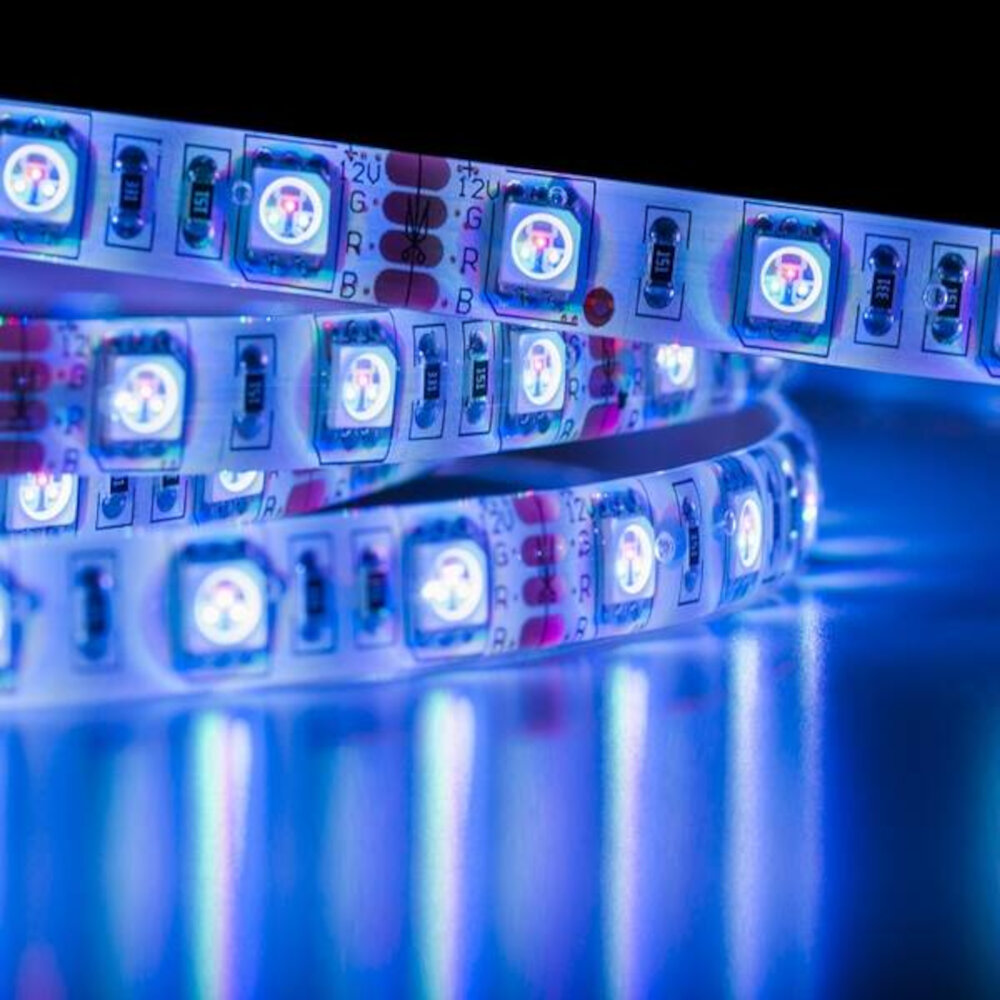
LED light therapy has become a popular treatment in the beauty industry due to its numerous benefits. LED, which stands for light-emitting diode, is a technology that uses light of different wavelengths to penetrate the skin at different depths. The treatment is non-invasive and painless, making it a great option for those who want to improve their skin without undergoing surgery or other invasive procedures. One of the main benefits of LED light therapy is its ability to promote collagen production, which is essential for maintaining youthful and healthy-looking skin. Collagen is a protein that gives skin its elasticity, and as we age, our bodies produce less of it, resulting in wrinkles and fine lines. LED light therapy stimulates the production of collagen, which can help reduce the appearance of wrinkles and improve skin texture. Additionally, LED light therapy can improve circulation, reduce inflammation, and even help treat acne. With all these benefits, it’s no wonder that LED light therapy has become a go-to treatment for those looking to improve their skin.
LED light therapy has been found to be an effective treatment for reducing inflammation and pain in various medical conditions. The therapy works by stimulating the production of collagen and elastin in the body, which helps to speed up the healing process and reduce the level of inflammation. The red light wavelengths used in LED therapy penetrate deep into the skin, promoting the release of anti-inflammatory cytokines that help to reduce pain and discomfort. Additionally, the therapy has been shown to increase blood flow, which further helps to reduce inflammation and pain. With its non-invasive nature and proven effectiveness, LED light therapy is becoming an increasingly popular treatment option for those seeking relief from pain and inflammation.
LED light therapy is a non-invasive and painless treatment that can effectively improve various skin conditions such as acne, wrinkles, and hyperpigmentation. The red light wavelength penetrates deep into the skin, stimulating collagen production, and reducing the appearance of fine lines and wrinkles. Blue light wavelength, on the other hand, targets acne-causing bacteria and reduces inflammation, making it an effective treatment for acne. Additionally, LED light therapy can also help to reduce hyperpigmentation by breaking down melanin clusters and promoting even skin tone. Overall, LED light therapy is a safe and effective option for those looking to improve the appearance and health of their skin.
Collagen is a vital protein that keeps our skin supple and youthful, but its production decreases as we age. One of the many benefits of LED light therapy is its ability to boost collagen production. The red and near-infrared wavelengths penetrate deep into the skin, stimulating the cells responsible for collagen production. This increased production can help reduce the appearance of fine lines, wrinkles, and sagging skin, resulting in a more youthful and radiant complexion. LED light therapy is a safe and non-invasive way to naturally boost collagen production, making it an excellent option for those looking to improve the overall health and appearance of their skin.
LED light therapy has been found to have numerous benefits, including the improvement of mood and sleep. This non-invasive treatment uses different wavelengths of light to penetrate the skin and stimulate cellular activity. By increasing blood flow and reducing inflammation, LED light therapy can help to calm the mind and reduce stress levels, leading to an overall improvement in mood. Additionally, the therapy has been shown to regulate the body’s natural sleep cycle by increasing the production of melatonin, a hormone that helps to regulate sleep. With regular LED light therapy sessions, individuals can experience a significant improvement in their sleep patterns and overall well-being.
Uses of LED Light Therapy

LED light therapy is a non-invasive and painless treatment that utilizes different colors of LED lights to rejuvenate and heal the skin. This therapy has numerous benefits for the skin, including reducing wrinkles, fine lines, and age spots. It can also improve skin texture, tone, and firmness. LED light therapy is also useful in treating acne and reducing inflammation. The blue light can kill bacteria on the skin, while the red and near-infrared light can stimulate collagen production, which promotes healing and reduces inflammation. Another use of LED light therapy is for pain relief. This therapy can help alleviate pain by reducing inflammation and promoting healing. It can be effective in treating conditions such as arthritis, muscle and joint pain, and back pain. The red and near-infrared light can penetrate deep into the tissues, promoting cellular repair and regeneration. LED light therapy is also used in the treatment of seasonal affective disorder (SAD) and depression. The blue light can help regulate the body’s circadian rhythm, while the white light can improve mood and energy levels. In conclusion, LED light therapy has numerous benefits and uses, and it is a safe and effective treatment for various skin conditions, pain relief, and mood disorders.
LED light therapy has numerous clinical applications in the field of dermatology, physical therapy, and pain management. In dermatology, LED light therapy is used to treat various skin conditions such as acne, psoriasis, and eczema. The therapy works by stimulating collagen production, reducing inflammation, and improving blood flow to the affected area. Physical therapists use LED light therapy to alleviate muscle pain, stiffness, and spasms. The therapy helps to increase blood circulation, reduce inflammation, and promote cell regeneration. In pain management, LED light therapy is used to treat chronic pain conditions such as arthritis, fibromyalgia, and neuropathy. The therapy works by reducing pain and inflammation in the affected area, promoting tissue healing, and improving overall well-being. With its many benefits, LED light therapy is quickly becoming a popular clinical treatment option in a variety of medical fields.
Athome LED light therapy devices are becoming increasingly popular for personal use as a way to improve skin health, reduce inflammation, and even alleviate pain. These devices use different wavelengths of light to penetrate the skin and stimulate cell renewal and collagen production. They come in various forms, including handheld devices, face masks, and full-body panels, making it easy to incorporate into your daily routine. LED light therapy is a safe and non-invasive treatment that has been clinically proven to provide numerous benefits to the skin and body. Investing in an athome LED light therapy device is a convenient and cost-effective way to achieve professional-grade results in the comfort of your own home.
LED light therapy has become increasingly popular in spas and wellness centers due to its many benefits. The soothing and relaxing nature of the therapy makes it an ideal addition to a spa treatment regimen. LED light therapy can help to reduce stress levels, promote relaxation, and improve overall mood. Additionally, the therapy can be used to treat a variety of skin conditions such as acne and rosacea. LED light therapy is also commonly used in conjunction with massage therapy to enhance the overall experience and promote deeper relaxation. With its many benefits and versatile applications, it’s no wonder that LED light therapy has become a staple in the spa and wellness industry.
Risks and Precautions
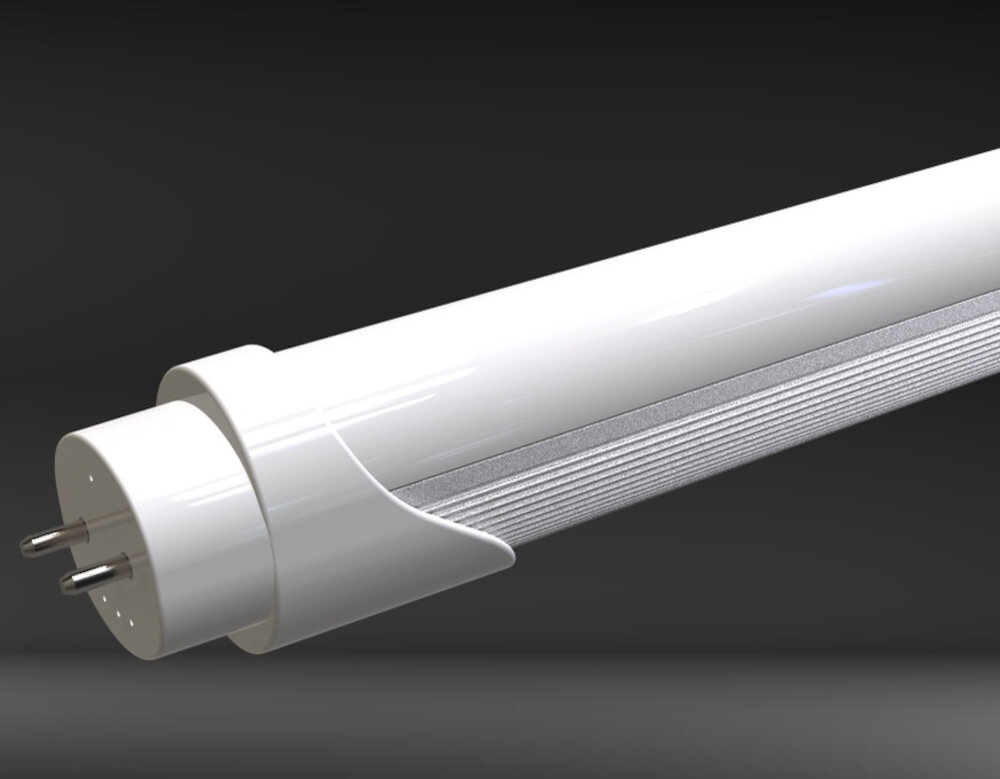
As with any medical treatment or therapy, there are risks and precautions to consider before undergoing LED light therapy. While this non-invasive treatment is generally considered safe, it is important to consult with a healthcare professional before beginning any new treatment. Individuals with a history of seizures, epilepsy, or other neurological disorders should use caution, as the flashing lights may trigger symptoms. Additionally, LED light therapy should not be used on individuals who are pregnant or breastfeeding, as there is a lack of research on its effects on fetal development and milk production. Another precaution to consider is the potential for skin irritation or damage. While LED light therapy is generally well-tolerated, individuals with sensitive skin may experience redness, dryness, or other reactions. It is important to follow the manufacturer’s instructions and use protective eyewear to prevent damage to the eyes. It is also important to avoid using LED light therapy on areas with open wounds or skin infections, as this can increase the risk of infection and delay healing. By taking these precautions and consulting with a healthcare professional, individuals can safely and effectively benefit from LED light therapy.
Although LED light therapy is generally safe, there are some potential side effects and risks associated with this treatment. Some individuals may experience skin irritation, redness, or swelling after treatment. Others may experience headaches or eye strain due to the bright light used during therapy. Additionally, LED lights emit blue light, which can disrupt sleep patterns and cause eye strain. It’s important to note that LED light therapy should not be used by individuals who are pregnant, have epilepsy, or have any conditions that make them sensitive to light. It’s always best to speak with a healthcare professional before starting any new treatments to ensure it’s safe for you.
When using LED devices for light therapy or any other purposes, it is important to follow safety guidelines to avoid any adverse effects. First of all, it is essential to ensure that the device is FDA approved and CE certified to guarantee that it meets safety standards. Secondly, it is crucial to avoid looking directly at the LED light, which can cause eye damage. Additionally, it is recommended to start with low settings and gradually increase the intensity to avoid skin irritation or burns. It is also important to use the device as directed and not overuse it. Lastly, it is advisable to consult a healthcare professional before using LED devices if you have any underlying medical conditions or are taking any medication. By following these safety guidelines, you can ensure that LED devices provide you with the desired benefits without any adverse effects.
LED Light Therapy is a non-invasive and painless treatment that uses low-level light-emitting diodes (LEDs) to improve skin conditions, reduce inflammation, and boost collagen production. This therapy has been proven to be effective in treating acne, reducing fine lines and wrinkles, improving skin elasticity, and reducing redness caused by rosacea. Additionally, LED Light Therapy has been found to be effective in treating seasonal affective disorder (SAD), reducing pain and inflammation caused by arthritis, and healing wounds. The therapy works by stimulating the natural healing process of the body, which enhances cell regeneration and improves overall skin health. LED Light Therapy is a safe and affordable treatment that can be used at home or in a professional setting, making it an excellent alternative to invasive procedures.
As LED light therapy continues to gain popularity in the healthcare and wellness industries, it is clear that it offers a plethora of benefits for a wide range of health conditions. With its non-invasive nature, minimal side effects, and proven efficacy, LED light therapy is poised to become a go-to treatment for many ailments, from acne and wrinkles to chronic pain and depression. As technology continues to advance, we can expect to see even more innovative uses for LED light therapy, such as personalized treatments tailored to individual patient needs. Overall, LED light therapy is a promising and exciting field that has the potential to revolutionize the way we approach healthcare and wellness.
Conclusion
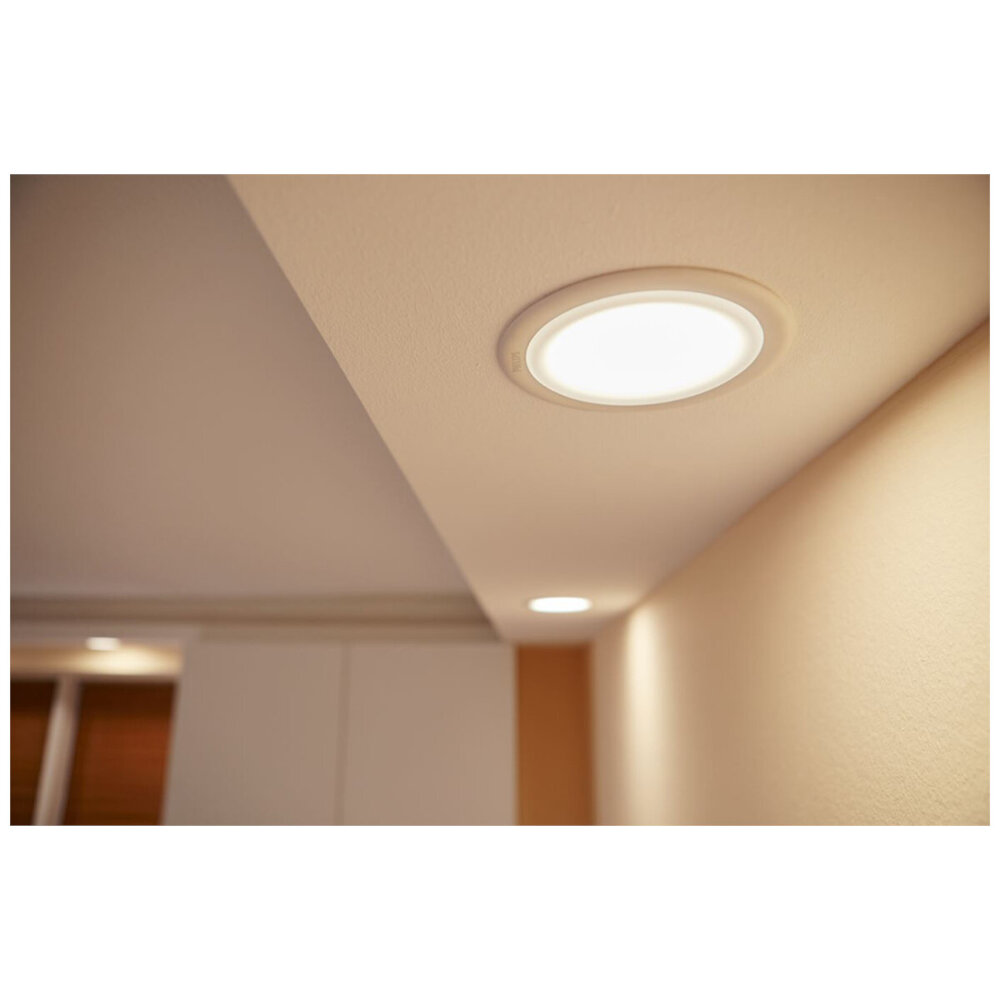
In conclusion, LED light therapy offers a wide range of benefits and uses that make it a versatile and effective treatment option for various medical and cosmetic conditions. From reducing inflammation and promoting wound healing to improving skin texture and reducing the appearance of fine lines and wrinkles, LED light therapy has proven to be a safe and non-invasive treatment option for many people. Whether you’re looking to improve your skin’s appearance or treat a medical condition, LED light therapy may be an excellent option to consider. So, if you’re looking for a safe and effective way to improve your health and well-being, LED light therapy is definitely worth exploring.

